
Animate! Behind Matthew Cooper’s Magic Tricks

Animators are the magicians of filmmaking – to animate means, quite literally, to bring to life after all. So we want to celebrate the animators who fill our eyeballs with pure wizardry with this series of interviews.
Matthew Eric Cooper is a UK based director and animator (not to be confused with LBB's founder of the same name).
A graduate of Royal College of Art MA, working across commercials, music promos and television.
An RTS craft award winner, he works in a variety of techniques specialising in stop motion animation, puppetry and other hand crafted in-camera techniques.
Past clients include Channel 4, Reebok, Yakult, Google & Hermes.
LBB> How did you fall in love with animation?
Matthew> When I was very young I saw one of the Ray Harryhausen Sinbad films. I also somehow caught part of ‘The Street of Crocodiles’ by the Brothers Quay on television which I found very spooky, but was somehow drawn to. When I was a little older I visited the Museum of Moving Image in London which had a display with the puppets from those films. Seeing the real props that I’d watched moving on screen and their tiny scale really helped me (at least partially) understand how films like that were made. It really captured my imagination.
LBB> Tell us about the animation project that kick started your career?
Matthew> It would probably be a commercial I made for Reebok. The seed of the idea was that I wanted to try out replicating the popular ‘70s video trail effect seen in music promos like Blame It On The Boogie, but do it in-camera, with stop motion dancing shoes. A clever rig that looked like a staircase allowed multiple pairs of shoes to fly through the air in an arc. The challenges of the shoot were that every shot involved a motion-controlled camera move, there were large amounts of balls and sporting goods all animated, independently bouncing around on their own rigs and we were working with real sporting goods, a lot of which were bulky and heavy presenting a real challenge to rig.
I was lucky to have an incredible crew on the project who were ingenious with their problem solving.
LBB> How would you describe your art style and what are your biggest inspirations that developed it?
Matthew> I feel my work bears some relation to the idea of magical realism.
I tend to specialise in work involving in-camera magic tricks and effects because I like the idea of fantastical elements emerging from everyday settings and reality. I also like creating worlds and characters as physical objects, mainly because I really want them to actually exist beyond the screen.
The biggest influence on this was probably the movies I grew up watching, full of practical effects. E.T., Gremlins, The Goonies, Jurassic Park, Return to Oz, Alien, Star Wars of course. Theme park attractions with animatronics also captured my imagination in a really big way.
LBB> From your perspective, what’s the key to animation that really lives?
Matthew> For me, I love animation where you can strongly feel the fingerprint of the person or people who have created it. No matter what the technique is or how polished it looks, if you can sense the unique voice of the artist behind the work it’s exciting to me.
I really love the work of a Japanese animator called Hoji Tsuchiya for that reason!
LBB> Show us your favourite or most impactful project that you’ve worked on - tell us, what is it that makes it special and what were the memorable moments or challenges?
Matthew> I really enjoyed making the title sequence for the Fantastical Factory of Curious Craft on Channel 4. It was made on a very tight budget, but I had so much fun designing machines to inhabit the factory that’s depicted. Every prop was a carefully designed bespoke model. I feel like this gave it the feel of a three dimensional illustration, a stylised, elevated version of reality. I worked with an amazing model maker Miles Ascough who was expert in translating my designs into real working props.
The job incorporated stop motion, live action puppetry and even some small explosives. The final shot involved nine people hand puppeteering individual parts of the factory as it blows apart to reveal the show's title. There were so many people required, we had to wrangle several of them from another shoot that was running at the same time. It took a lot of choreography to get the practical lighting, a motion controlled turntable, hand thrown confetti and theatrical smoke flash to work together in unison, but that made it fun.
I was also excited to contrast the colourful, poppy machines and craft with more cinematic, atmospheric lighting (which was achieved beautifully by Matthew Day at Clapham Road Studios).
LBB> How do you approach character design? What is your creative process like? Show us some of your favourite characters and their journey from notepad to screen.
Matthew> I almost always start with very scribbly little drawings that I put down very quickly, just so I don’t forget an idea. I like to use little A5 Seawhite books that cost about £1, I don’t have to be too precious with them and they’re a really handy size.
It’s a cliché but these early, extremely loose sketches are generally my favourite, because there’s some energy that’s difficult to reproduce when the designs are developed further.
Having said that, I put a lot of love into interpreting rough drawings into real physical models, puppets and costumes. I’m always excited by the translation of 2D illustration to 3D.
This swimmer from a music video I made for the band Of Montreal started out as a very crude sketch.
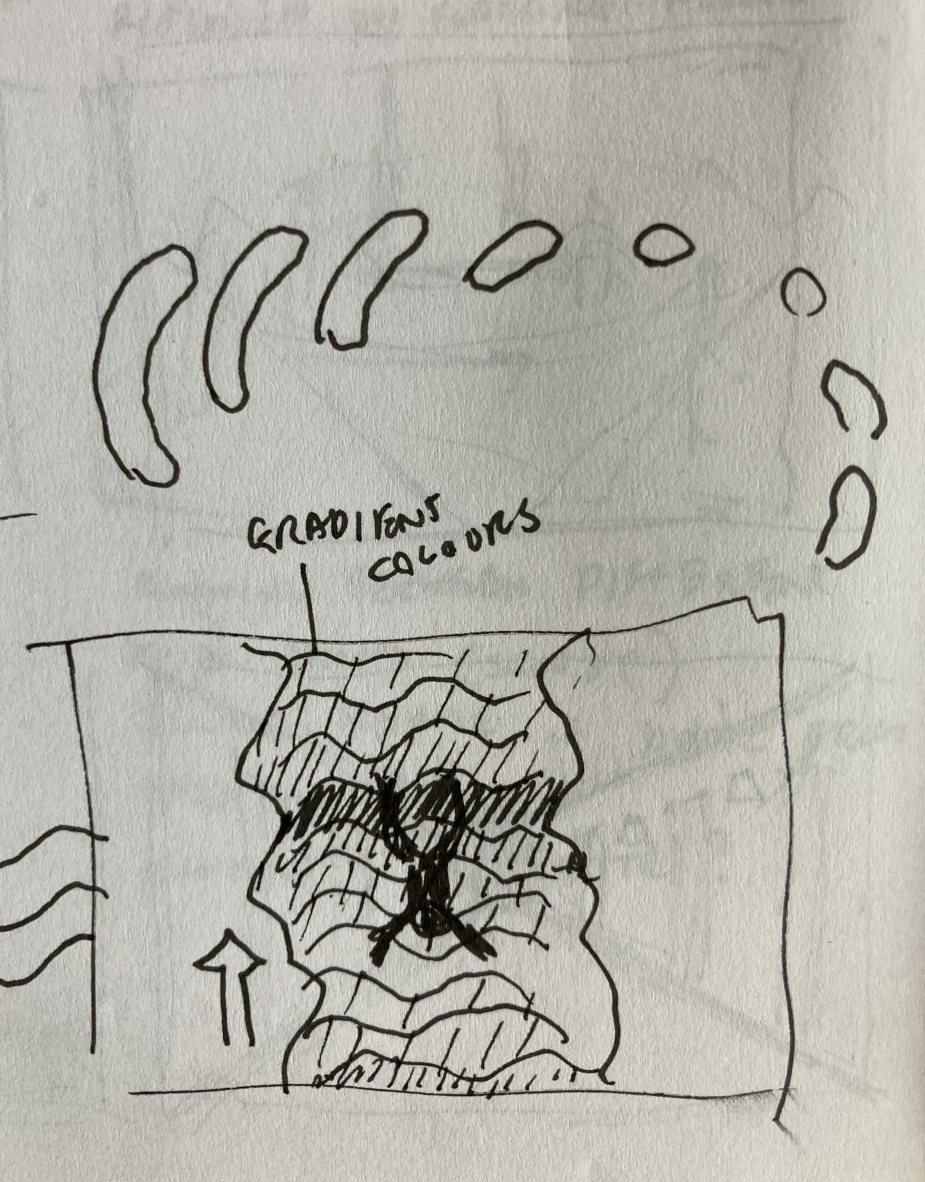
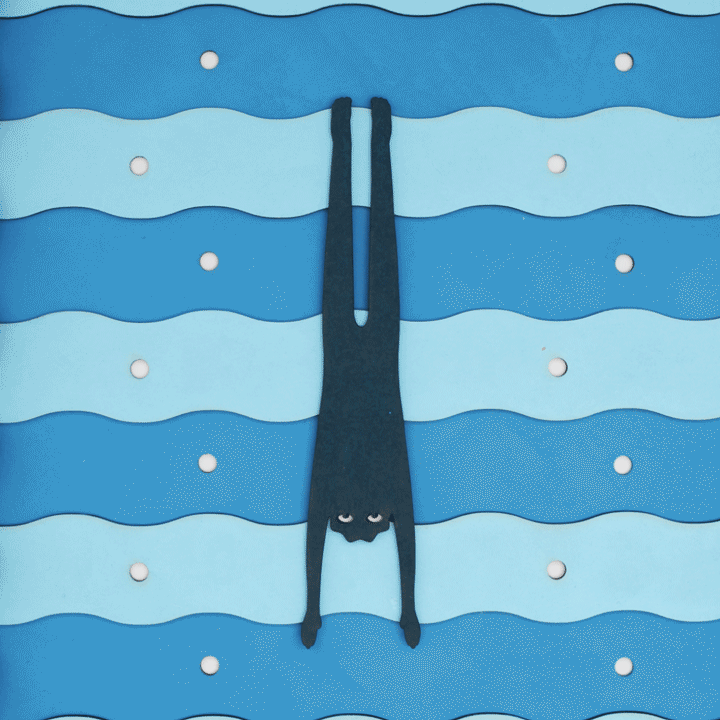
This is part of a series about a gang of menacing ‘rabbits’ based on drawings by my daughter, can’t beat the originals though!
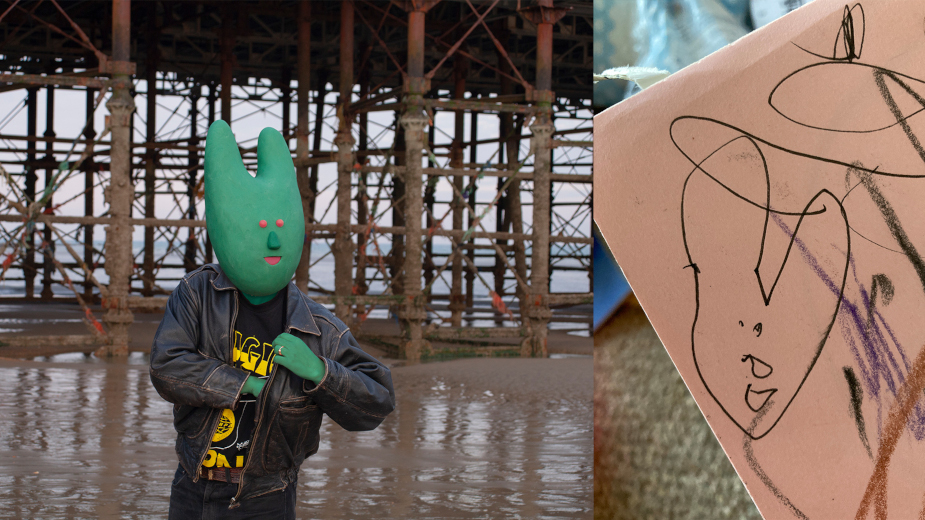
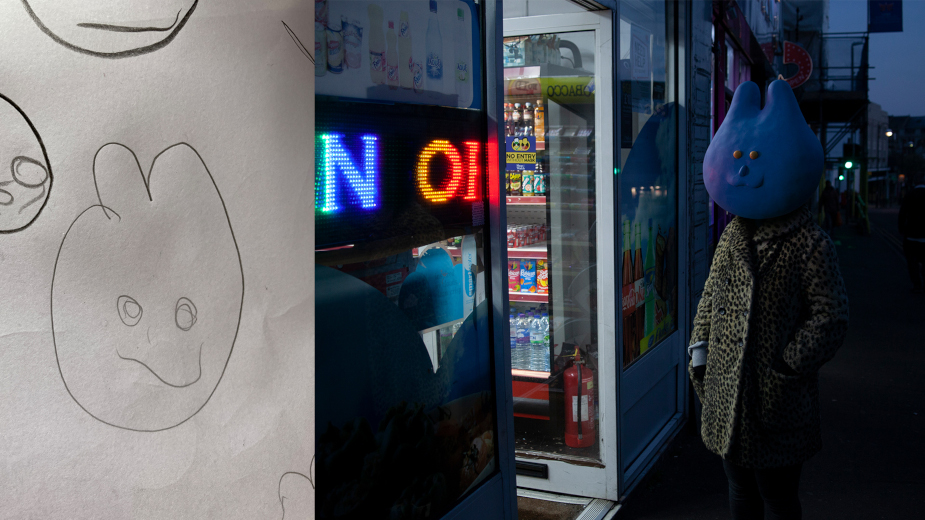
LBB> Tell us more about observation and movement - what is the process you go through to study movement of characters?
Matthew> It normally involves filming reference videos of myself acting things out. I’ve accumulated a large collection of these little clips, never intended to see the light of day.
Editing them all together into one embarrassing film is a personal nightmare that I think I have to make a reality.
LBB> We all know of some ever-green adult animations, but lately they have definitely been on the rise, from Rick and Morty to Arcane. What sort of opportunities does this open for animators, both within and outside the advertising industry?
Matthew> I think it’s helping to shift the public perception of animation away from a purely children’s medium and back to its origins as an art form for all. The early days of animation really appeal to me, people of all ages in awe of the spectacle of it.
In the cinema, almost presented like a magic trick. Hopefully it just means there’ll be more opportunities to explore a wider range of subject matter with animation.
LBB> How does one figure out what kind of animation style or styles fits a particular story or project?
Matthew> For me it’s working out what will best serve the concept. I like to explore novel techniques and find ways to hopefully surprise an audience, but that’s secondary to making sure the style is married to the initial idea.
If CG or live action (instead of animation) would work best, I would push for that.
LBB> What is your favourite piece of technology or software that you use and how does it help your creative process?
Matthew> I think I’d have to say Dragonframe, it’s the industry standard software used for shooting stop-frame animation. I’ve found I use it for all kinds of shoots though. It’s so useful for carefully setting up a shot, you can control the camera from your computer and fine-tune framing, exposure, colour balance, focus. It can also operate motion control and automate lights so they transition brightness or colour over the course of a shot. Maybe most importantly it’s very intuitive and easy to use.
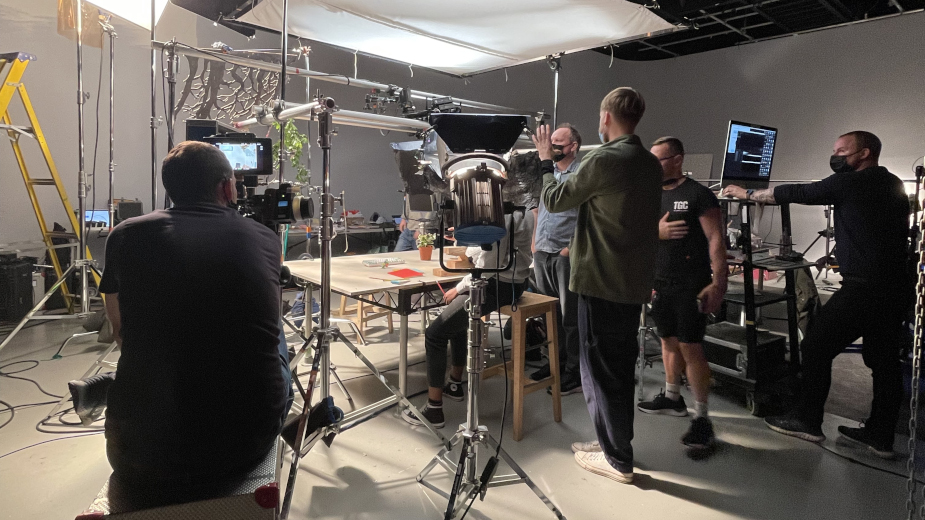
LBB> What sort of briefs or projects do you find more personally satisfying to work on?
Matthew> I made a commercial for Yakult that involved building a giant 2-metre diameter, motion controlled wheel and suspending all of the films sets and practical lighting around the outside of it. It required a huge amount of problem solving and expertise from a brilliant crew to make it work. I’m somehow drawn to projects that create some element of visual spectacle, behind the scenes, in the process of making them as well as on camera.
LBB> What recent projects have really stood out for you and why?
Matthew> It’s not technically animation, but I created a window display for the Adidas Originals Flagship Store in London. Based around the theme of collaboration and diversity in music, a tangle of tracksuit clad, extra long arms and legs pointed microphones in store, allowing customers to pose for photos and become part of the display. I’d always wanted to create a window display, the diorama-like Christmas displays I was drawn to as a kid definitely influenced my love of working with miniatures. It was built by another really incredible model maker, Rosie Tonkin.
LBB> Who is your animation hero and what is it about their work that inspires you? What example of their work particularly stands out?
Matthew> I couldn’t narrow it down to one, but I love Jan Svankmajer, Encyclopedia Pictura, Ladislaw Starowicz, Yuri Norstein, George Pal, Katsuhiro Otomo…
My favourite Hayao Miyazaki work is Mirai Shounen Conan, which is an incredible epic of a TV series. I love the design, the use of colour, the world the characters inhabit and most importantly the warmth and humour that runs through it. There’s also a really strong attention to detail and a tactile sense to the world represented.
LBB> Outside of the field of animation, what really inspires you?
Matthew> Music inspires me so much, especially listening to music while travelling. Whether it’s on the way to pick up groceries or gazing out the window of a train in another country, that combination of sound and visual always leaves me excited about new ideas.
LBB> What do you think are the misconceptions about animation throughout the industry?
Matthew> That especially in the case of stop motion and puppetry, they’re cheap and exclusively lo-fi techniques, reserved for one person shooting on their kitchen table.
They definitely can be that, but they’re also capable of producing incredibly lush, detailed results, but with the benefit of a noticeable human touch (and often involve a big collaborative effort to produce).
LBB> What are the biggest changes to animation and challenges facing animators at the moment and what are your thoughts on them?
Matthew> There are more and more ways of automating every part of the animation process, I think this will mean the more imperfect, individual fingerprint of a creator/artist on their work will become more valuable than ever.
LBB> Any advice you would like to give to aspiring artists?
Matthew> The advice I would give to myself when I was starting out would be to keep making work, as much as you can, regardless of whether it’s being commissioned and keep showing your work to people. You definitely learn the most from doing in this field and the feedback of your peers is priceless. Not only to help learn, but for the motivation it provides.













